Embark on a thrilling journey through the diverse landscapes of the United States as we unveil the captivating lives of 7 mammals that roam freely across this vast nation. From the majestic grizzly bear to the elusive bobcat, discover the untamed beauty of America’s wildlife. Our blog delves into the habitats, behaviors, and conservation efforts surrounding these incredible creatures, providing a glimpse into their untethered existence. Join us as we celebrate the untamed spirit of these remarkable mammals, showcasing the unique harmony they bring to the American wilderness.
Table of Contents
Toggle7 Mammals Roaming Free in the U.S.
Gray Wolf (Canis lupus)
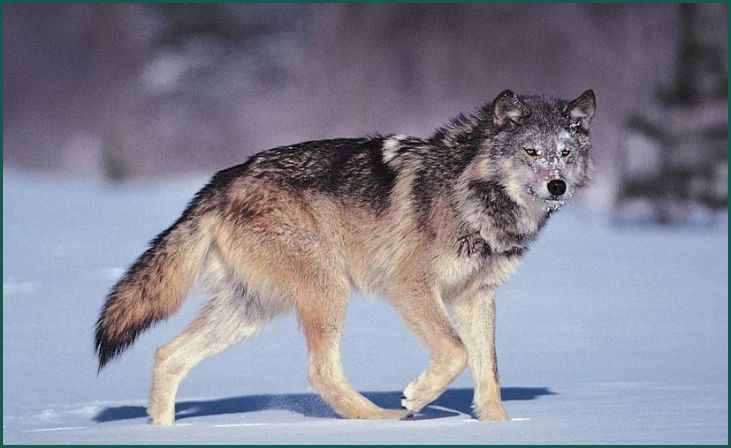
The gray wolf, a keystone species, has made a triumphant return to several regions in the U.S. after facing near-extinction. Known for their complex social structures and keen hunting skills, these apex predators now roam freely in areas like Yellowstone National Park, Montana, and Idaho. Successful reintroduction programs, initiated in the 1990s, have contributed significantly to their resurgence, fostering a healthier ecosystem by controlling prey populations and promoting biodiversity.
Gray wolves play a crucial role in maintaining ecological balance by influencing the behavior of prey species like elk and deer. Despite their importance in sustaining healthy ecosystems, conflicts with livestock occasionally pose challenges, prompting ongoing conservation efforts to address the delicate balance between the natural environment and human interests. Monitoring and understanding wolf behavior are integral components of these initiatives to ensure the coexistence of wolves and communities.
Also Read: 7 Incredibly Rare Types of Owls and Their Habitats
Bison (Bison bison)
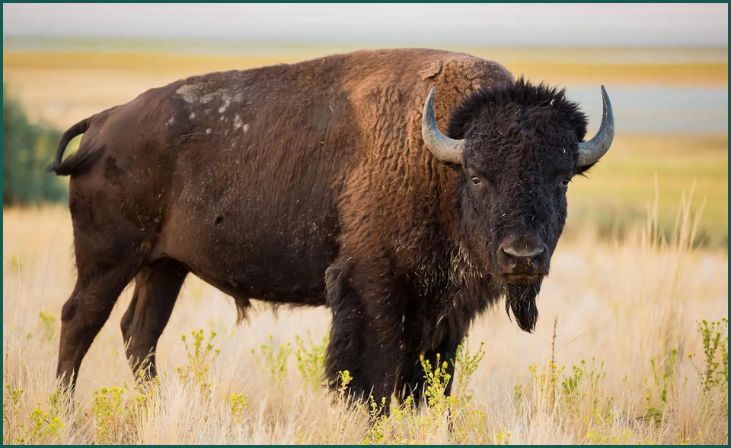
The American bison, often referred to as buffalo, once faced a perilous decline in the 19th century due to overhunting and habitat loss. However, it is now making a remarkable comeback, particularly in protected areas such as Yellowstone National Park. These iconic herbivores play a crucial role in shaping grassland ecosystems through their grazing habits, which promote plant diversity and reduce the risk of wildfires.
Conservation initiatives focus on restoring their natural habitats, addressing potential threats like habitat fragmentation, and promoting genetic diversity within bison populations. The resilient return of the bison symbolizes successful conservation endeavors and the commitment to preserving the essence of the American wilderness. Bison serve as a living testament to the importance of conservation and the restoration of species that are integral to the ecological heritage of North America.
Black Bear (Ursus americanus)
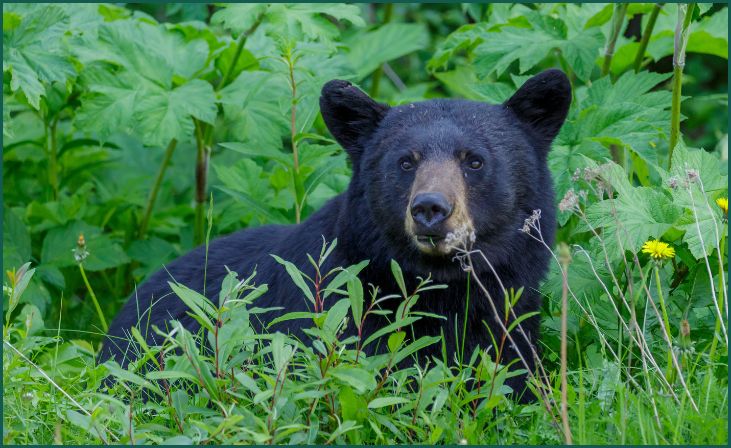
Spread across diverse habitats, from dense forests to mountainous regions, the black bear is a versatile mammal found in many parts of the U.S. These omnivores play a significant role in forest ecosystems through their foraging habits, helping control insect and plant populations. While they are generally shy and tend to avoid human contact, encounters can occur, especially in areas with overlapping habitats.
Conservation strategies involve habitat preservation, public education on responsible bear encounters, and managing human-bear conflicts to ensure the peaceful coexistence of these fascinating creatures and their human neighbors. Research on black bear behavior and ecology aids in the development of effective conservation measures, ensuring the survival of healthy bear populations while mitigating potential conflicts with human activities.
Mountain Lion (Puma concolor)
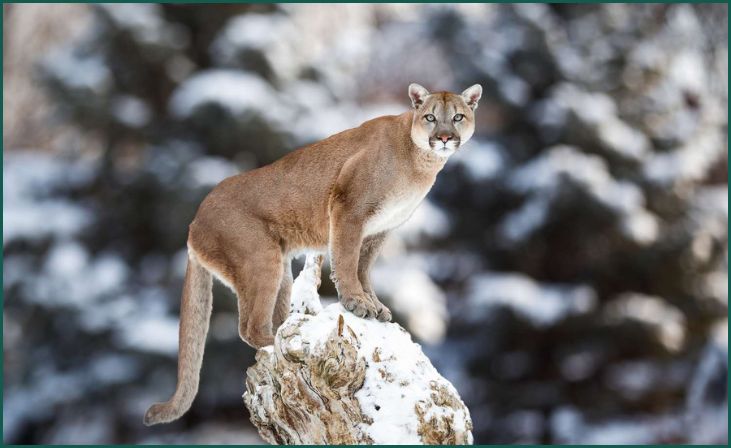
Also known as cougars or pumas, mountain lions are stealthy predators that inhabit a variety of ecosystems, from dense forests to arid deserts, showcasing their adaptability. Their elusive nature and solitary behavior make sightings rare, but they are crucial for maintaining healthy deer populations and ecosystem balance.
Don't just scroll, subscribe!
BuzzTrail's unique web-stories are the cure for boredom you've been waiting for.
Conservation efforts focus on protecting their habitats, reducing human-wildlife conflicts, and studying their movements to better understand their role in the ecosystems they inhabit. Through collaring and tracking programs, researchers gain valuable insights into their territories, feeding habits, and migration patterns. Effective conservation measures involve balancing the preservation of these magnificent creatures with ensuring the safety of human communities, highlighting the importance of coexistence in shared landscapes.
Bobcat (Lynx rufus)
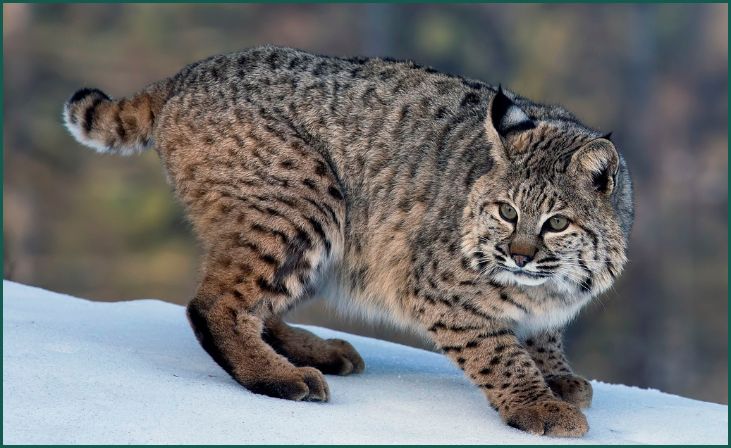
Bobcats, with their distinctive spotted coats and tufted ears, are adaptable predators found throughout the U.S., showcasing their resilience in various environments. Their ability to thrive in forests, swamps, and even suburban areas demonstrates their versatility. Conservation initiatives emphasize the importance of preserving natural corridors to allow these elusive cats to roam freely, ensuring genetic diversity and sustaining their populations in the face of urbanization and habitat loss.
Research on bobcat behaviors and habitat requirements aids in developing targeted conservation plans, including efforts to reduce road mortality and address conflicts with domestic pets. Understanding the ecological role of bobcats as mesopredators helps build a comprehensive approach to their conservation, recognizing their significance in maintaining a balanced and healthy ecosystem.
American Marten (Martes Americana)
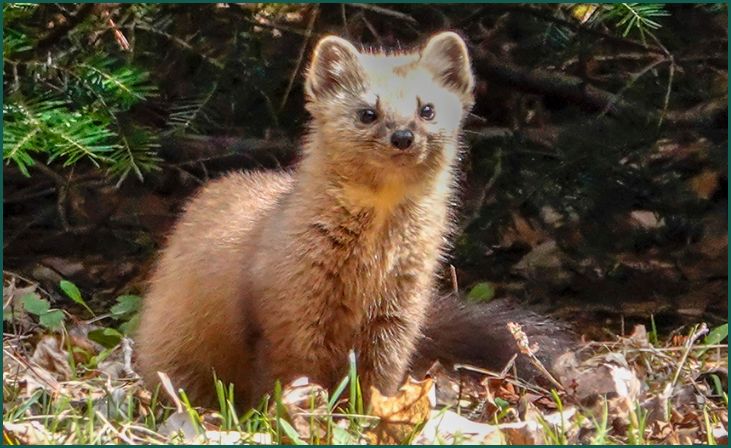
The American marten, a member of the weasel family, inhabits northern forests and mountainous regions, demonstrating a specialized adaptation to cold climates. These agile and arboreal mammals play a crucial role in controlling rodent populations, contributing to the health of forest ecosystems. Conservation strategies include protecting old-growth forests and addressing climate change impacts on their habitats.
Research efforts focus on understanding their behaviors, dietary preferences, and ecological requirements, aiding in the development of effective conservation plans for this elusive species. Monitoring population trends and habitat conditions is crucial for adapting conservation measures to the dynamic environmental changes affecting American martens. By preserving their habitats and addressing emerging threats, conservationists strive to ensure the long-term survival of this charismatic species, contributing to the overall biodiversity of North American forests.
Also Read: Top 10 Vegetarian Animals
Pronghorn (Antilocapra Americana)
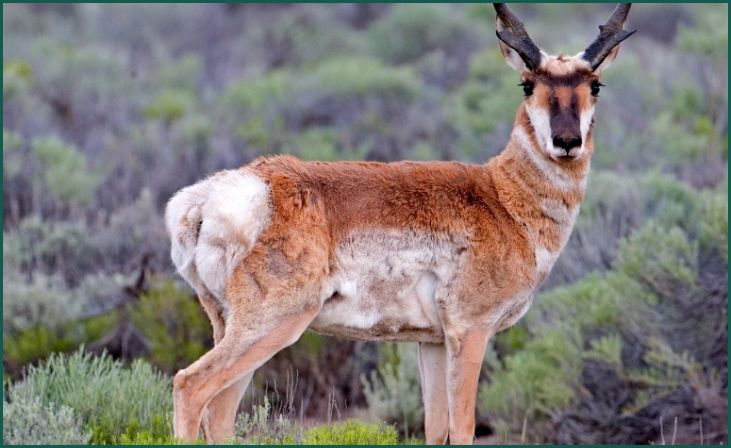
Uniquely adapted for speed, pronghorns are the fastest land animals in North America, showcasing their remarkable ability to navigate vast grasslands and deserts. Thriving in these open landscapes, these herbivores face challenges from habitat fragmentation and human development. Conservation initiatives aim to secure migration corridors, protect their habitats, and manage populations to ensure the survival of this iconic species.
Collaborative efforts between conservation organizations, landowners, and governmental agencies are crucial in preserving the pronghorn’s natural heritage. Research on pronghorn migration patterns and genetic diversity informs targeted conservation measures, including the creation of wildlife corridors and the implementation of sustainable land-use practices. By addressing the unique ecological needs of pronghorns, conservationists work towards securing the future of these magnificent creatures and the ecosystems they inhabit.
Conclusion
As we conclude our exploration of the 7 mammals roaming free in the U.S., we hope this journey has deepened your appreciation for the rich biodiversity that graces our nation. These resilient creatures contribute to the intricate tapestry of ecosystems, emphasizing the importance of conservation. Let’s unite in preserving the natural wonders that surround us, ensuring that future generations can marvel at the untamed beauty of America’s wildlife.
FAQs
Are these mammals dangerous to humans?
Are these mammals dangerous to humans?
While most of these mammals prefer to avoid human interaction, it’s crucial to exercise caution and respect their space. Educate yourself on safety measures and follow guidelines when exploring their habitats.
What conservation efforts are in place to protect these mammals?
What conservation efforts are in place to protect these mammals?
Various conservation organizations and government agencies work tirelessly to safeguard these species. Initiatives include habitat preservation, anti-poaching measures, and public awareness campaigns aimed at promoting responsible coexistence.

